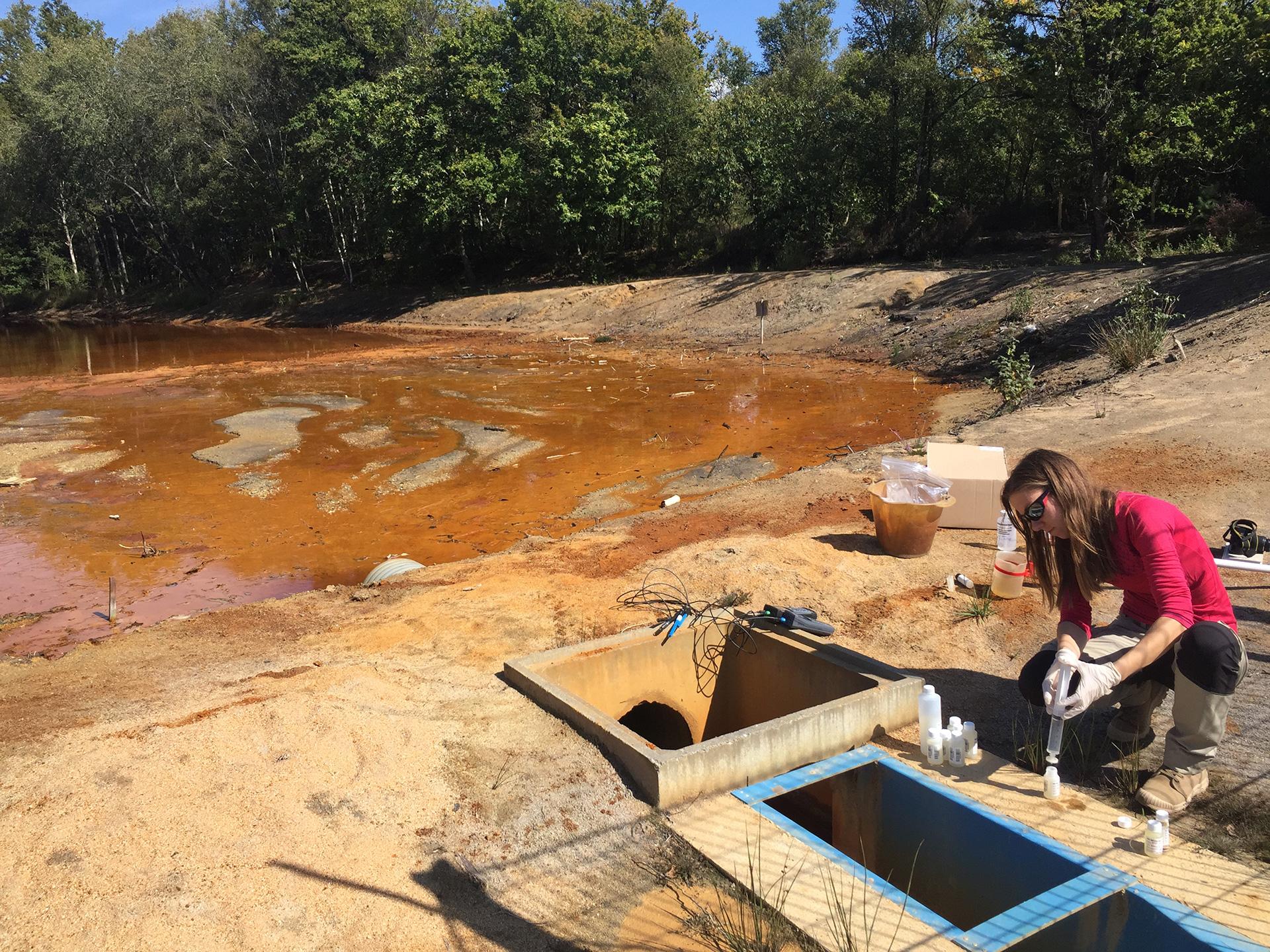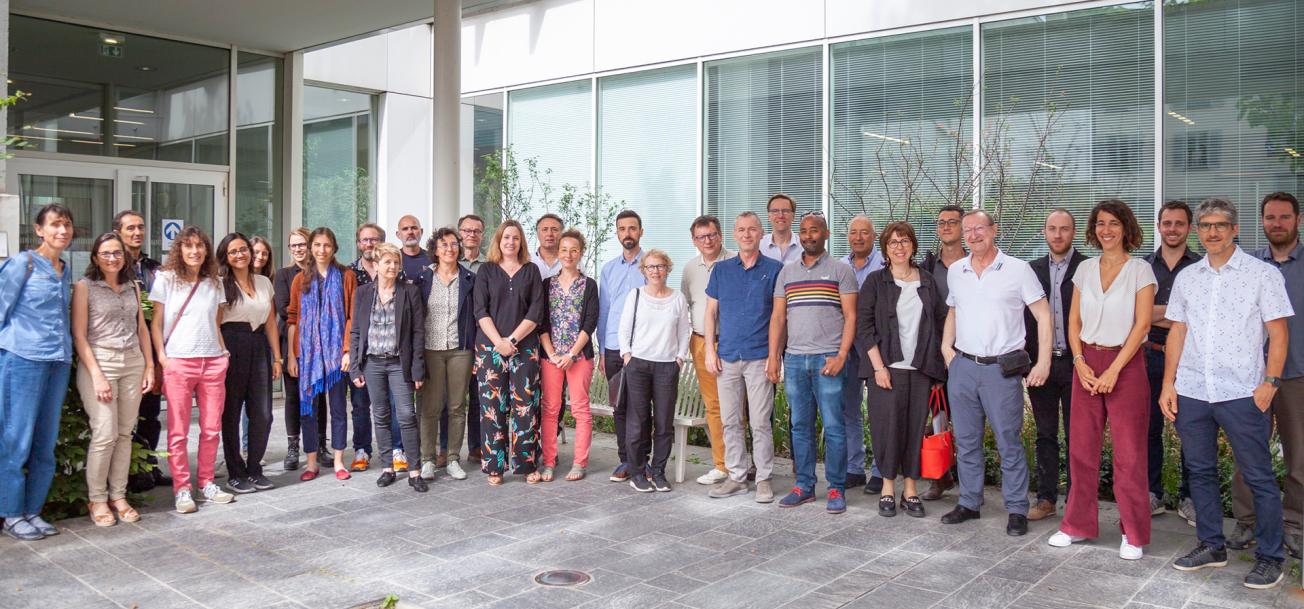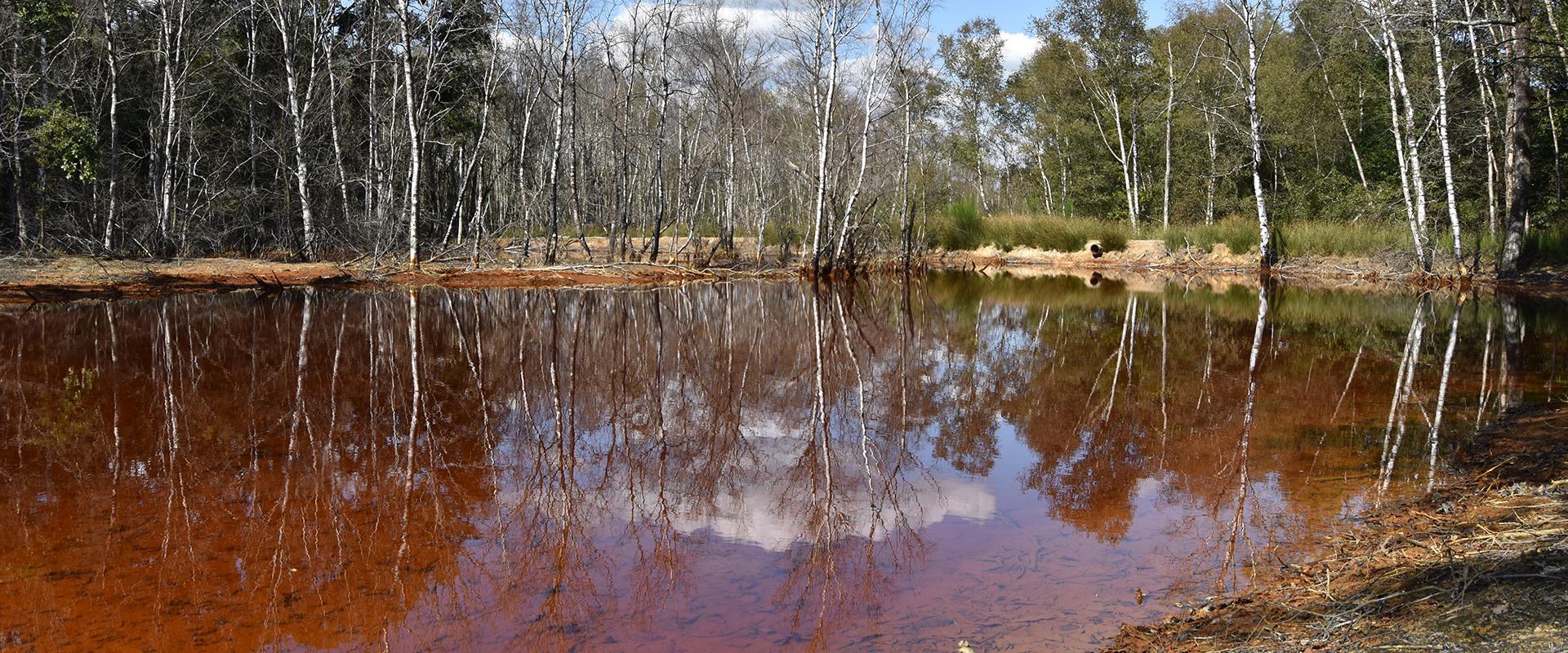BRGM and CNRS INSU have launched a research grouping (GDR) dedicated to former mining of arsenic-bearing minerals: the TAEMA Network.
Arsenic: a highly toxic substance
For several decades, mining in France was carried out without the precautions that are now being taken. One category of sites with high health and environmental risk concerns the former mining of arsenic-bearing minerals. In addition to its high toxicity even at low doses, arsenic is relatively unattenuated in the environment, partly due to its specific biogeochemical behaviour.

Key figures
-
More than2000.00mining waste deposits (excluding uranium) in mainland France

Logos of the TAEMA Network and its partners.
© Réseau TAEMA
Promote the development of research projects
This is why the TAEMA Network aims to promote the emergence of research projects that are multidisciplinary (involving human and social sciences, hydrology, geochemistry, ecology, ecotoxicology, microbiology and environmental law) and multi-stakeholder (involving researchers, associations, elected officials, etc.) to answer the following questions:
- How can pollution sources be reduced (by locating, removing or containing them)?
- How can transfers and exposures be reduced?
- How can spatial planning and risks be managed in a concerted way with the population?
Inaugurated on 1st and 2nd June 2022 with the organisation of its first technical days in the premises of the Institut de Physique du Globe de Paris, the TAEMA Network aims to facilitate the sharing of information and the overcoming of obstacles through scientific research, to stimulate opportunities for partnerships with a view to submitting research proposals to funding sources (EC2CO, Region, ANR, HORIZON Europe, etc.) and, in general, to promote a scientific debate relating to these former sites.

First technical days of the TAEMA Network, at the Institut de Physique du Globe de Paris on 1st and 2nd June 2022.
© Réseau TAEMA
4 research goals
Goal 1: Human and Social Sciences for a transition from AEMAs to new uses
This goal aims to promote consensus-building with civil society stakeholders (local residents, local elected officials, environmental associations, etc.) when defining scenarios for the transition of AEMAs to new uses. The aim is to analyse the drivers and influencing factors of the social dynamics at play in these degraded environments and to use this knowledge to develop instruments for better participation (participatory science) of stakeholders in the definition of management solutions.
Goal 2: Environmental-impact knowledge
This goal concerns the characterisation of environments with a view to understanding the phenomena and mechanisms that influence the impacts of AEMAs on ecosystems. It aims in particular to characterise the various pollutant flows and their spatio-temporal dynamics.
Goal 3: Knowledge of exposures and health effects
The objective here is to protect the health of exposed populations. It consists in identifying the main sources of exposure via food, air quality and water resources, particularly in the event of extreme climatic events.
Goal 4: Solutions for managing and remediating deteriorated environments
Improved characterisation of the degradation of the environment and of health risks and also consensus-building with regional stakeholders should make it possible to better align the management solutions. These solutions can be very diverse in nature and may involve natural attenuation, ecological engineering, nature-based solutions (NBS) or adaptive management to maintain certain uses desired by those using the site. This will include optimising phyto-engineering techniques, for example to stabilise the vegetation cover of waste storage sites, thus limiting waste erosion and the risk of landslides.







